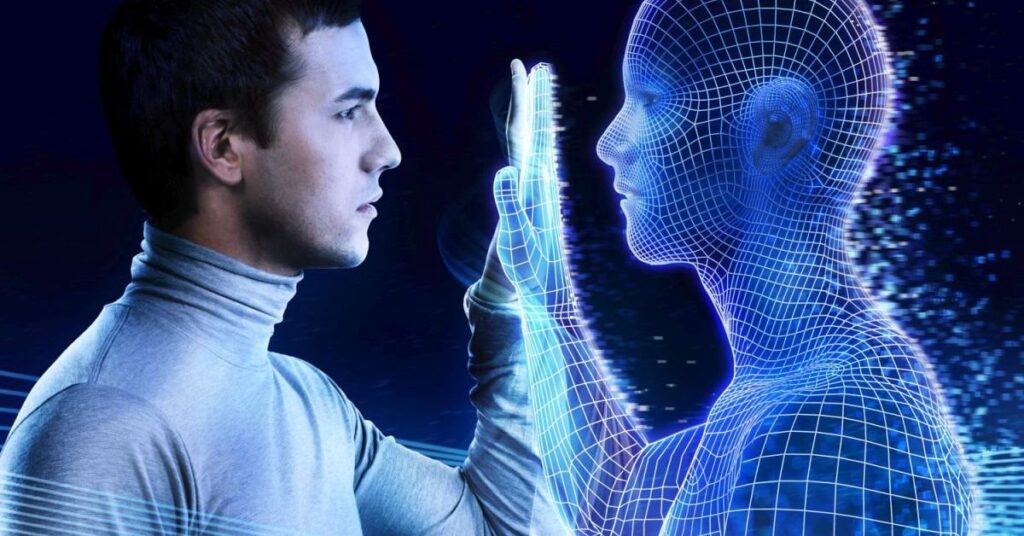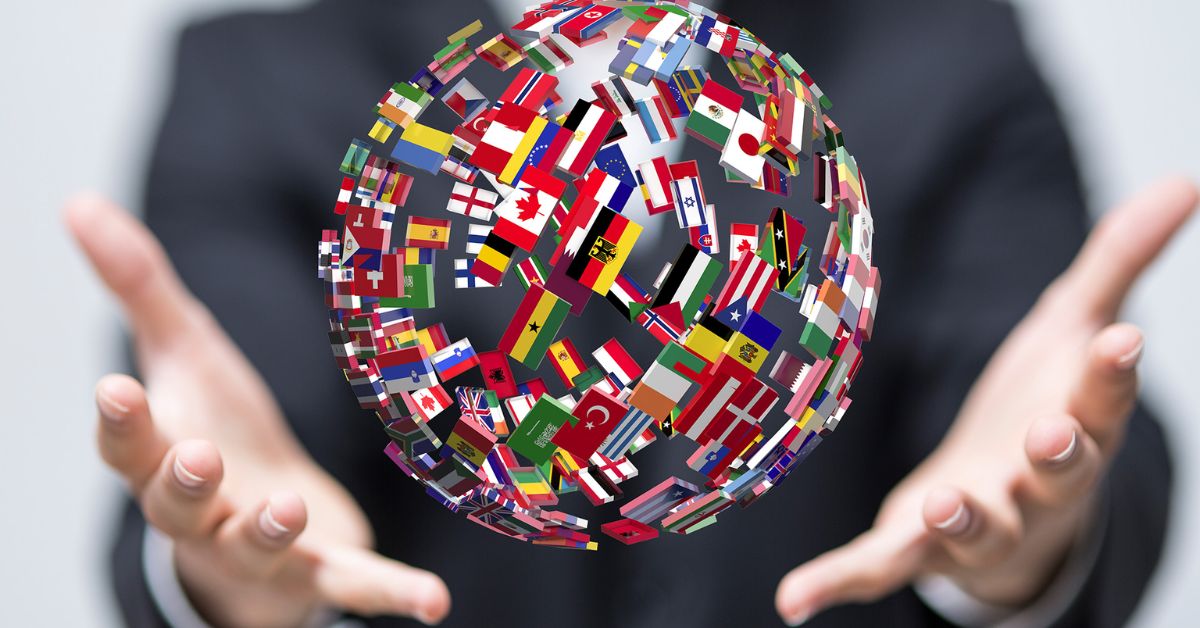Translators
A glimpse into the world is a brief look at different places and cultures. It helps us see how other people live and understand our planet better.
Ever wonder how books travel across languages? Meet the unsung heroes: translators. They bridge worlds with words, bringing stories to life in new tongues.Translator’s Finnish name wafts an invitation to a hidden world of its own. Anyway, global communication wouldn’t be possible without unlocked secrets in this amazing profession.
Translators are linguistic professionals responsible for changing documents from one foreign language into another; they handle books, films, websites and many other things.Translator in Finish is kääntäjä, and this shows how vital their work is.They must know both the language and culture so as to be effective at what they do
The Crucial Function of Kääbntäjä
Connecting the world and ensuring its continuous flow is a fundamental role played by translators. They are responsible for easing intercommunication between people from different countries. In the absence of translators, many publications, movies, and news items would remain confined to a single language.
It is the Finnish term for translator, reminding us about the significance of these professionals. The said professionals also help to bridge language differences in the fields of business, politics, and culture. Their work allows ideas to spread across borders and brings people closer together.
Challenges Faced by Kääbntäjä
Kääbntäjä faces many challenges daily. One major issue is communication barriers due to language differences. Understanding each other can be difficult, leading to misunderstandings and errors. Another challenge is technological glitches.At times translation tools fail to work properly. This can cause delays and annoyance which may only be solved through demonstrations of patient problems’ confrontation.
Additionally, Kääbntäjä deals with tight deadlines. Clients often expect fast turnaround times, which can be stressful. This pressure demands efficient time management and prioritization. Moreover, maintaining accuracy is crucial. Even a small mistake in translation can change the meaning entirely. Kääbntäjä must stay focused and detail-oriented to deliver quality work under pressure.Balancing these challenges is key to succeeding in the demanding field of translation.
Read this blog:Pi Network’s Puzzling Code: Deciphering the Significance of 314159u
The Impact of Technology on Translation
Technology has greatly impacted translation. One significant change is the availability of translation tools like Google Translate. These tools make translation faster and more accessible for everyone. However, they’re not always accurate, so human translators are still needed for precise work. Another impact is the rise of machine translation in professional settings. Programs like SDL Trados and MemoQ assist translators with consistency and speed, revolutionizing the industry.

Moreover, technology has facilitated collaboration among translators worldwide. Online platforms allow for real-time communication and sharing of resources. This has made it easier to work on large projects across borders.Despite the positive impact, certain challenges, for instance, ensuring standards are adhered to even as different cultures are maintained still exist. The invention of machine language has made it possible for language professionals to redefine the mode and manner of their operation through which they perform their duties as a team.
The Human Touch: Irreplaceable by Machines
The human touch in translation is irreplaceable.Machines might translate text solely at the lexical level yet they come short when it comes to putting it into context and handling cultural nuances. Human translators grasp expressions that are idiomatic plus refined senses so that accurate translations that respect and relate to particular cultures can be attained. This expertise comes from language fluency and cultural knowledge, which machines lack.
Additionally, human translators provide quality assurance.Machines may miss some errors that humans can easily identify but humans are able to find these mistakes and ensure that the final product is polished and professional. On the other hand, human translators are the ones who can make translations flow naturally and make them resonate with the intended audience due to their creativity in adapting languages. It is not possible to do proper translations without taking into consideration the human element even though we are currently experiencing a lot of technological changes.

The Future of Kääbntäjä
The future of Kääbntäjä looks promising but challenging. Technology will continue to play a significant role, with advancements in AI and machine learning improving translation tools. This will increase efficiency and speed in translating basic content, allowing Kääbntäjä to focus on more complex projects requiring human understanding and creativity.
However, Kääbntäjä must adapt to changing client expectations and technological developments. Continuous learning and upgrading skills will be crucial to stay competitive in the evolving translation industry. Embracing new tools while maintaining the human touch in translation will be key to success. Overall, while the landscape may shift with technology, Kääbntäjä’s expertise and adaptability will ensure a bright future in the field of translation.
FAQ’s
What does Kääbntäjä mean?
Kääbntäjä means “translator” in Finnish.
What languages does Kääbntäjä translate?
Kääbntäjä translates between Finnish and English primarily, but may work with other languages too.
How does Kääbntäjä ensure accuracy in translations?
Kääbntäjä relies on language proficiency, cultural understanding, and meticulous proofreading to ensure accuracy.
Does Kääbntäjä use translation software?
Yes, Kääbntäjä may use translation software for efficiency, but human judgment and expertise are essential for nuanced translations.
What challenges does Kääbntäjä face in the translation industry?
Kääbntäjä faces challenges such as tight deadlines, maintaining quality under pressure, and adapting to evolving technology in the field.
Conclusion
In conclusion, Kääbntäjä represents the dedicated professionals who bridge linguistic and cultural gaps in our globalized world. Their role goes beyond mere translation; it involves preserving meaning, context, and cultural nuances to facilitate effective communication across languages. Kääbntäjä’s work highlights the importance of human touch in translation, ensuring accuracy and clarity that machines alone cannot achieve.
Looking ahead, the future of Kääbntäjä promises both challenges and opportunitiesRapid advancements in technology are leading to the rapid evolution of translation services. However, while there are advantages to the speed and access offered by machine translation devices, they tend to diminish the importance of human translators who are needed to ensure accuracy as well as grasp variations in the meaning of words. It is essential that translators keep pace with development by incorporating fresh resources even as they polish up their language competency and understand other people’s cultures so that they can meet the needs presented by a fast-changing worldwide market. Kääbntäjä must always remember that their skills are what matters most, not forgetting to dedicate themselves; this way they will continue on this path undertaking it effectively.”

Hello!
I’m Areej, a passionate blogger with 5 years of experience. I love writing about tech, fashion, business, and health. My goal is to share useful information and insights with you. Explore my website to discover exciting content on various topics!












